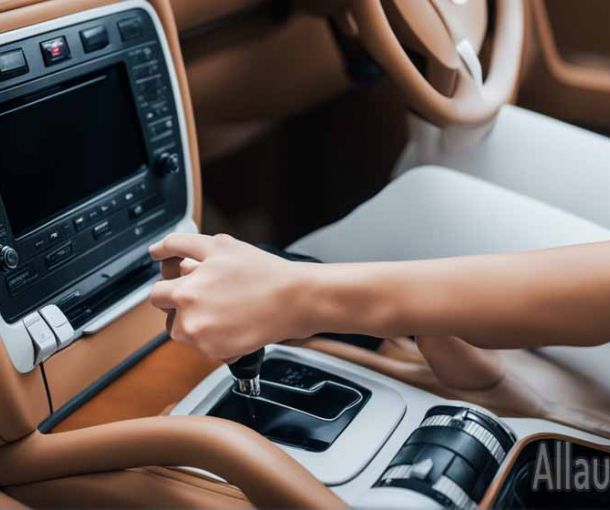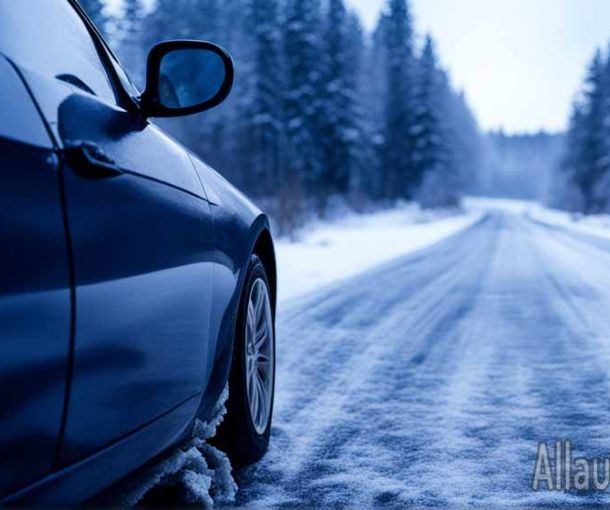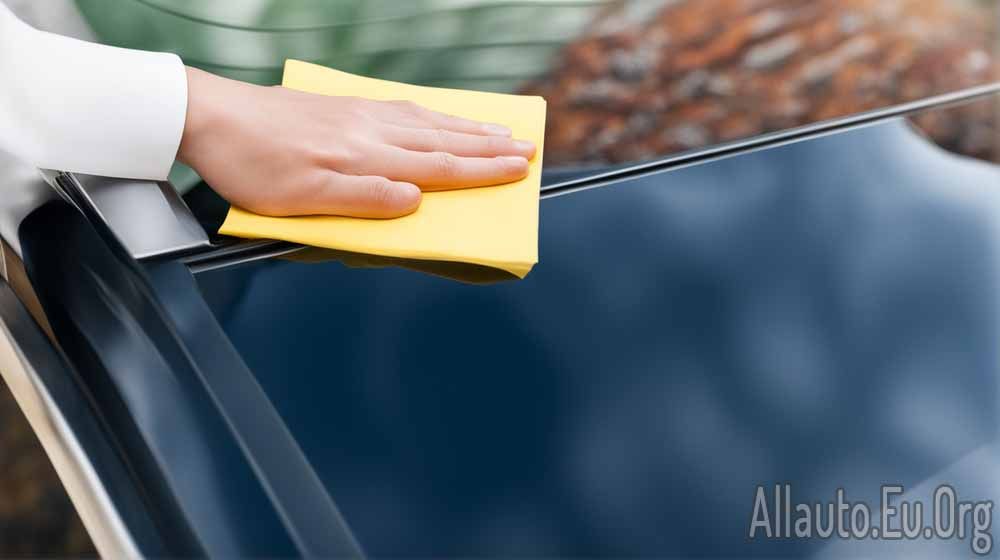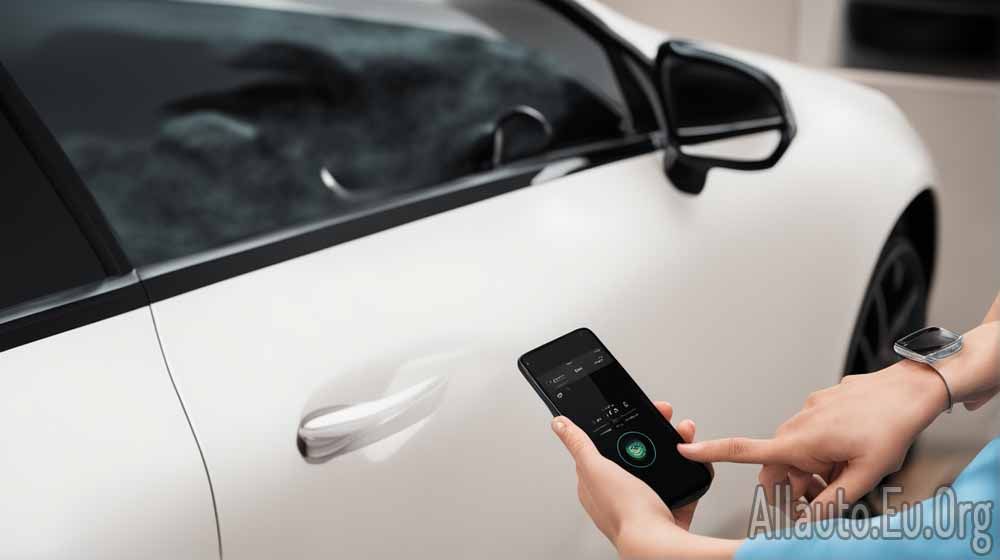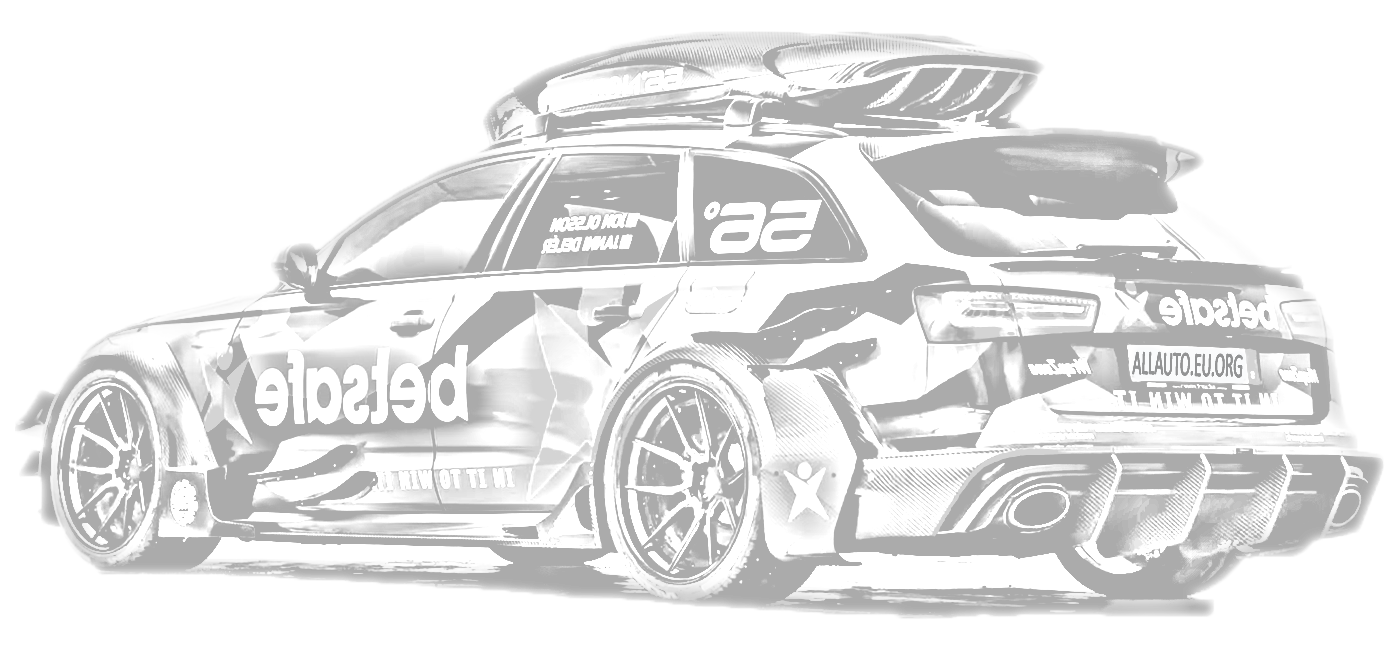

Auto Safety Tips for Driving in Rain and Snow

Driving in rain and snow can be challenging and potentially dangerous. As a driver, it's essential to take extra precautions to ensure your safety and the safety of others on the road. Here are some auto safety tips for driving in rain and snow.
-
Slow Down
The first rule of driving in rain and snow is to slow down. It's important to adjust your speed to the weather conditions. When the roads are wet or icy, it takes longer to stop your car, so make sure to leave plenty of space between you and the vehicle in front of you. Also, avoid sudden movements, such as sharp turns or sudden braking, which can cause your car to skid.
-
Use Your Lights
Make sure your headlights are on, even if it's during the day. This will make your car more visible to other drivers on the road. Also, use your turn signals to indicate your intentions, so other drivers can react accordingly. Remember, when it's raining or snowing, visibility is reduced, so using your lights can help you and other drivers see the road more clearly.
-
Check Your Tires
Your tires are the only part of your car that come into contact with the road, so it's essential to make sure they're in good condition. Check your tire pressure regularly, and make sure your tires have enough tread depth. Worn tires can be dangerous, especially in wet or snowy conditions. If you're not sure if your tires are in good condition, have them checked by a professional.
-
Keep Your Windshield Clean
Visibility is crucial when driving in rain or snow. Make sure your windshield wipers are in good condition and replace them if necessary. Also, keep your windshield washer fluid topped up, so you can quickly clean your windshield if it gets dirty. If you have a rear window wiper, make sure it's working correctly, so you can see behind you.
-
Avoid Cruise Control
Cruise control is a handy feature, but it's not recommended when driving in rain or snow. When you use cruise control, your car maintains a constant speed, which can be dangerous in wet or slippery conditions. It's essential to be in control of your vehicle at all times, so avoid using cruise control in inclement weather.
-
Be Prepared
If you're planning to drive in rain or snow, it's important to be prepared. Make sure you have an emergency kit in your car, including a flashlight, extra batteries, blankets, and water. Also, make sure your cell phone is charged, so you can call for help if you need it. If possible, let someone know your route and when you expect to arrive at your destination.
-
Know Your Limits
Finally, it's essential to know your limits when driving in rain or snow. If you're not comfortable driving in these conditions, consider postponing your trip or finding an alternative mode of transportation. Remember, it's better to be safe than sorry.
Additionally, it's important to stay calm and focused when driving in rain or snow. If you start to feel anxious or stressed, take a break and pull over to a safe area. Take some deep breaths and assess the situation. If you need to, wait until the weather conditions improve before continuing your journey.
It's also crucial to keep a safe distance from other vehicles on the road. When roads are slippery, it can be challenging to stop your car quickly, so maintaining a safe distance from other vehicles can help prevent accidents. Remember, the 3-second rule applies in all weather conditions, but it's especially important when driving in rain or snow.
Another important auto safety tip for driving in rain or snow is to avoid sudden movements. When you're driving in slippery conditions, sudden movements such as sharp turns or sudden braking can cause your car to skid or lose control. Instead, try to make smooth, gradual movements to maintain control of your vehicle.
If you do find yourself in a skid or hydroplaning situation, it's important to remain calm and avoid overreacting. Steer your car in the direction you want to go, and gently apply the brakes if necessary. Avoid slamming on the brakes or making sudden movements, as this can cause your car to lose control.
Finally, if you're driving in snow, make sure to clear any snow and ice from your car before you start driving. This includes clearing your windows, mirrors, and lights. Not only is it illegal to drive with snow and ice on your car, but it can also be dangerous, as it can impair your visibility and cause snow and ice to fly off your car and hit other vehicles on the road.
In conclusion, driving in rain or snow requires extra caution, attention, and preparation. By following these additional auto safety tips, you can further reduce the risk of accidents and ensure your safety on the road. Remember to stay calm, maintain a safe distance from other vehicles, avoid sudden movements, know how to handle skids and hydroplaning situations, and clear snow and ice from your car before driving. Safe travels!
To sum up, driving in inclement weather can be challenging, but with these auto safety tips, you can reduce the risk of accidents and ensure your safety on the road. Slow down, use your lights, check your tires, keep your windshield clean, avoid cruise control, be prepared, know your limits, maintain a safe distance, avoid sudden movements, handle skids and hydroplaning situations properly, and clear snow and ice from your car before driving.
Tags
Latest Articles
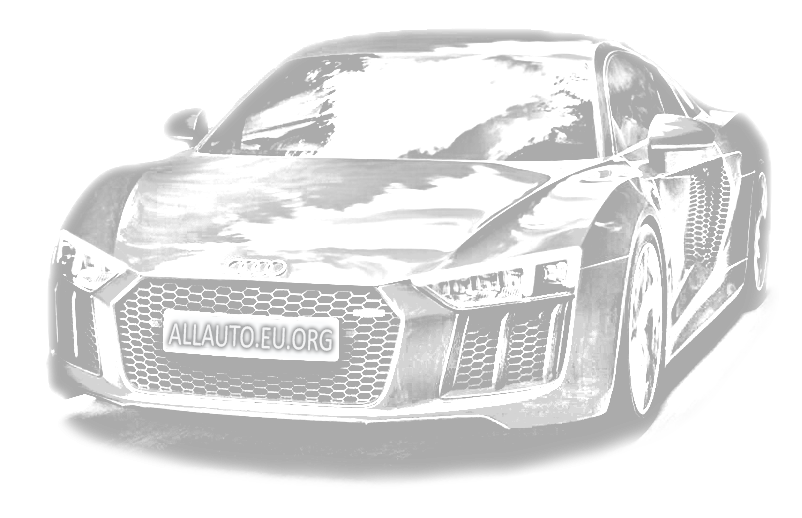
Most Read
All Tags
Subscribe
Donate
Please consider supporting our efforts.
© 2023 All-Auto.ga All rights reserved.



